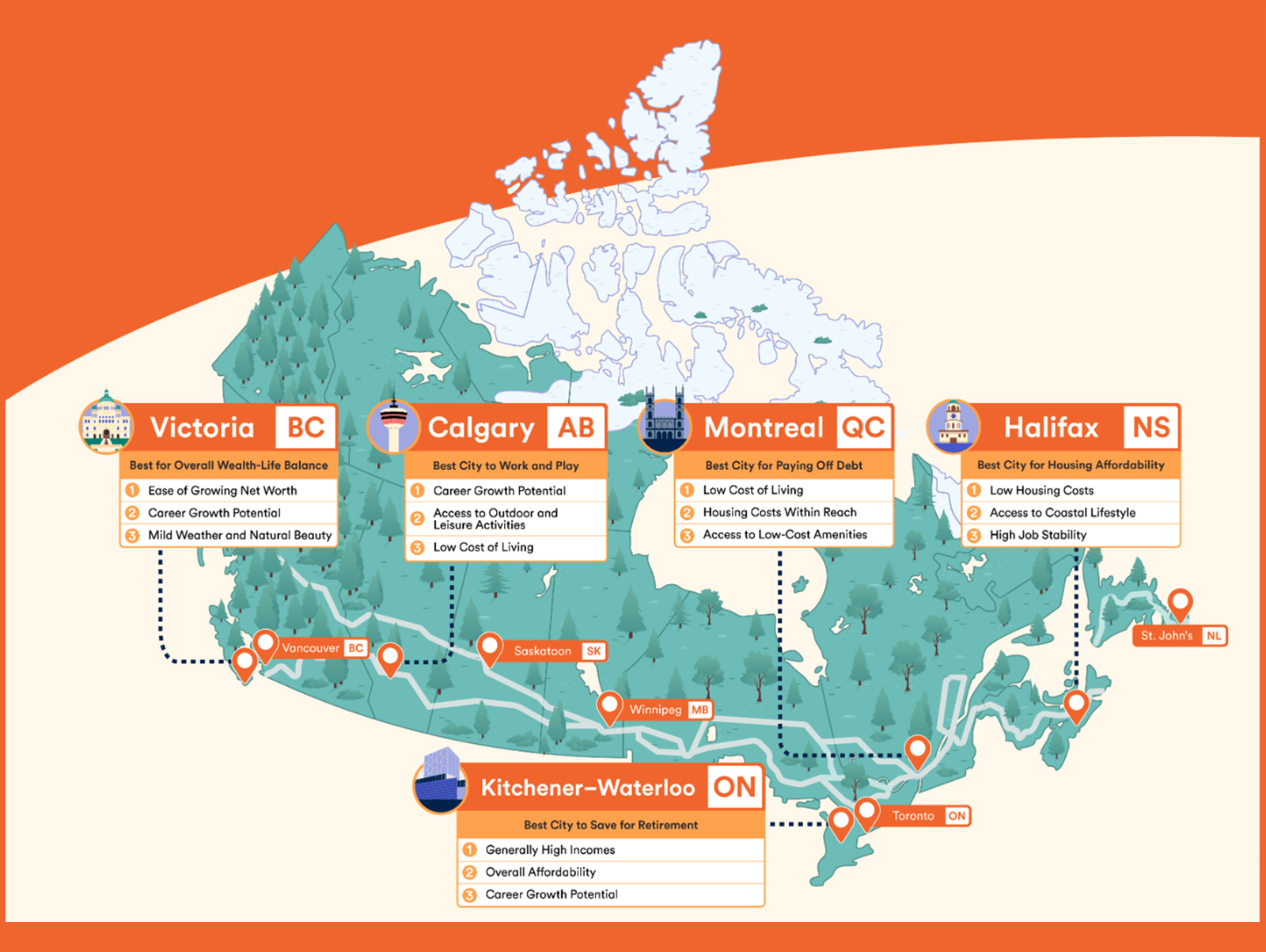How do you calculate net worth?
A very fundamental personal finance number to know is your net worth. It's super easy to calculate, and it can give you a great bird's eye view of your financial picture. Let's dive in.
The best way to think about it is like this: What you own minus what you owe.
You may also hear a slightly fancier way of saying the same thing: Assets minus liabilities.
Here's a simple example to show you how this basic formula works:
Let's pretend we have someone who only has one bank account and one credit card, and nothing else. They have $5,000 in their bank account and carry a balance of $2,000 on their credit card. Using our formula of taking what they own (in this case, $5,000 in their bank account), and subtracting what they owe ($2,000 on their credit card), we find that their net worth in this case would be $3,000.
Now, as a savvy saver, you might be thinking, "Hey! Why don't they pay off their credit card balance with some of the cash they have in their bank account?" And that would indeed be a wise thing to do, because they're likely paying a much higher rate of interest on their credit card debt than what they're earning in their bank account, so a much more efficient use for their cash on hand would be to pay down the high interest debt. So let's assume they do just that. They take $2,000 from their bank account and pay off their credit card. What's their net worth now?
Now they have $3,000 in their bank account (what they own) and owe nothing. So their net worth remains $3,000.
Net worth example for a recent graduate
Let's say you're young and starting your post-school life. You might not have a lot to your name:
| Assets | Liabilities | |
|---|---|---|
| Car | $5,000 | - |
| Car Loan | - | $4,000 |
| Student Loan | - | $15,000 |
| Bank Accounts | $1,000 | - |
| Credit Card | - | $0 |
| Totals | $6,000 | $19,000 |
You own $6,000 worth of stuff, and owe $19,000 on your liabilities. So your net worth is -$13,000. Yes, that's a negative net worth. And that's quite common for young Canadians with student loans.
Net worth example for a mid-career couple
Now let's take a look at a couple a bit further into their careers.
| Assets | Liabilities | |
|---|---|---|
| Car | $25,000 | - |
| Car Loan | - | $10,000 |
| Credit Cards | - | $2,500 |
| House | $500,000 | - |
| Mortgage | - | $350,000 |
| Bank Accounts | $5,000 | - |
| RSPs | $50,000 | - |
| TFSAs | $25,000 | - |
| Line of Credit | - | $35,000 |
| Jewellery | $2,500 | - |
| Furniture | $2,500 | - |
| Total | $612,500 | $397,500 |
This couple owns $612,500 in assets, and owes $397,500 in liabilities. That gives them a net worth of $215,000.
What's a good net worth number for you?
It's a mistake to equate net worth with self-worth. Everyone's situation is different. Some people have good luck and circumstances, and others don't.
Generally speaking, though, younger Canadians will often have negative net worths because they often have large expenses early in their lives, but their income can really bloom later in their careers.
What's far more important than comparing your net worth to other people's net worth is to focus on how your net worth number changes over time. That's why it's important to know what your net worth is to begin with. It's a reference point.
Get a 2% Investment Bonus♢♢
Move money to Tangerine Investments & earn up to $20,000 per Account type.

